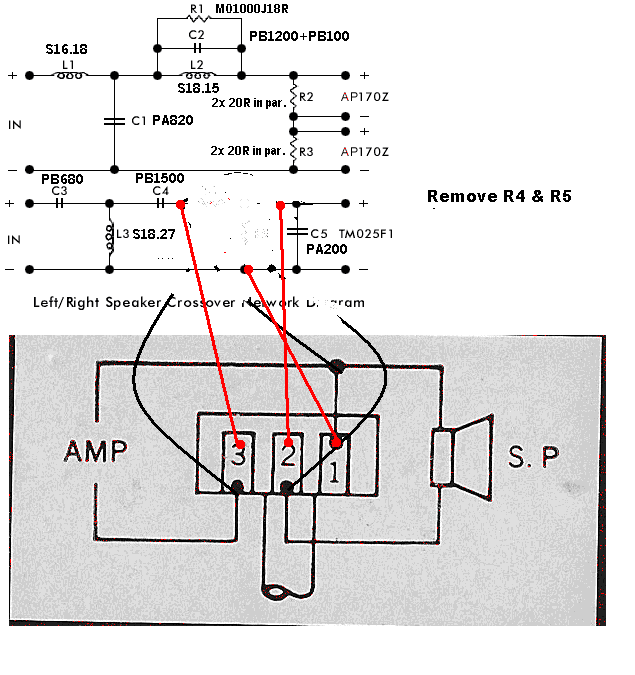Okay, I got out my handy eraser to make things more clear.  Hook it up like this and dial it in. Then remove the lpad from the circuit and measure the values with an ohmmeter.
Hook it up like this and dial it in. Then remove the lpad from the circuit and measure the values with an ohmmeter.
Series (R4) is tab 2 to tab 3
Shunt (R5) is tab 2 to tab 1

 Hook it up like this and dial it in. Then remove the lpad from the circuit and measure the values with an ohmmeter.
Hook it up like this and dial it in. Then remove the lpad from the circuit and measure the values with an ohmmeter.Series (R4) is tab 2 to tab 3
Shunt (R5) is tab 2 to tab 1



Comment